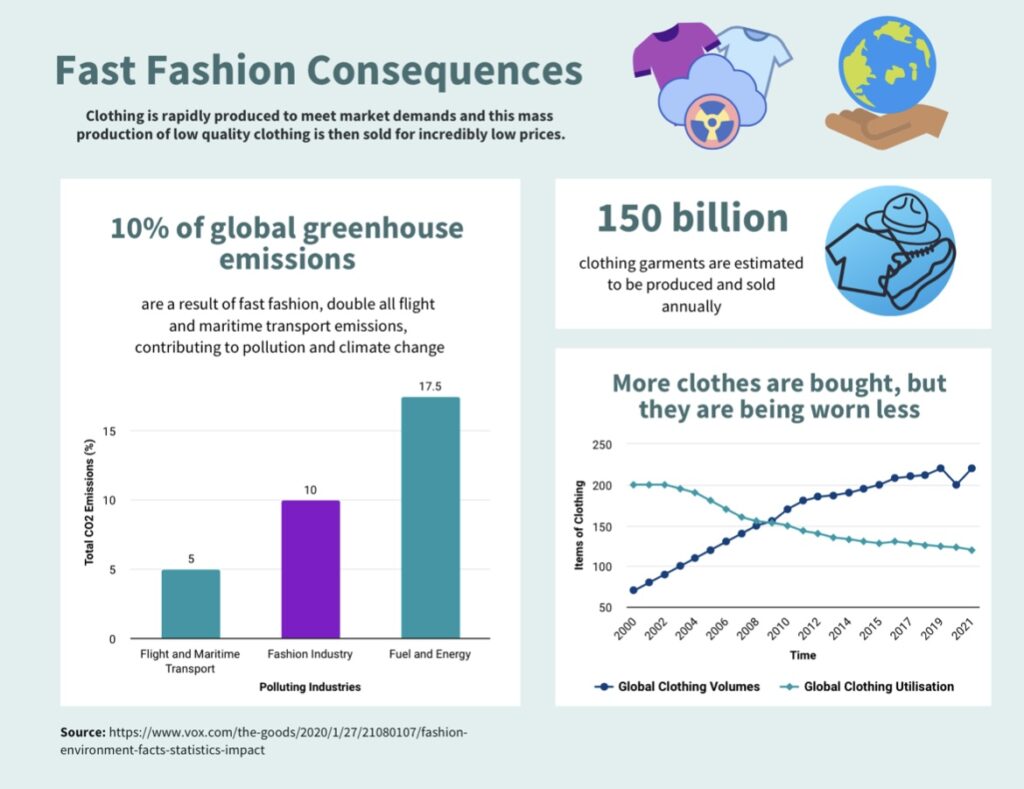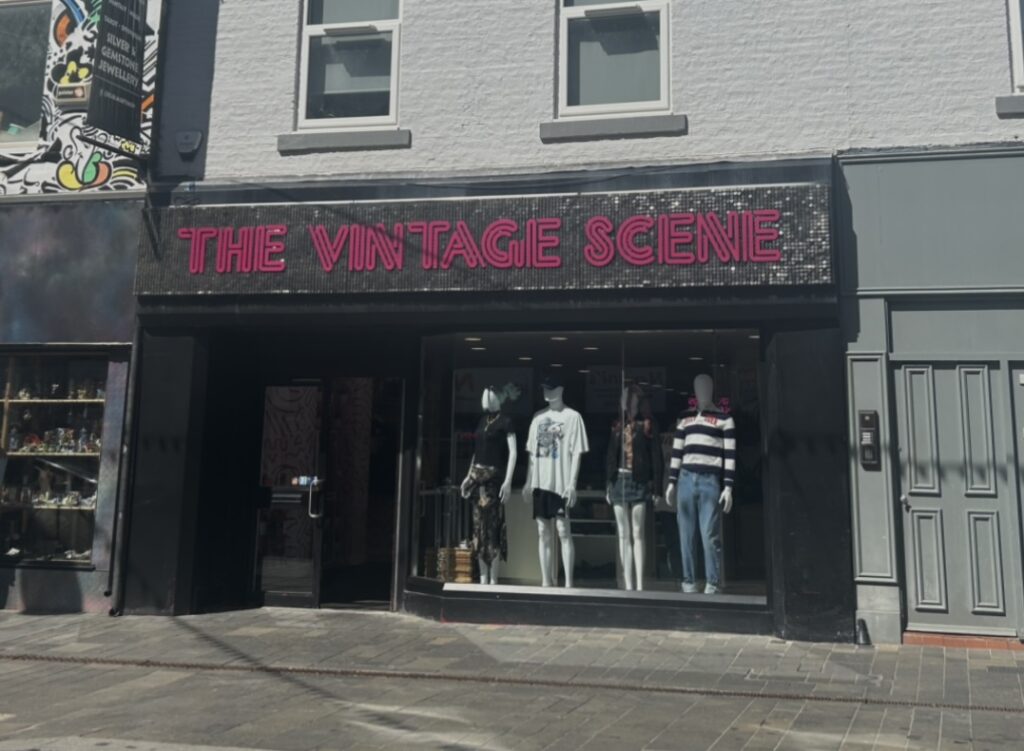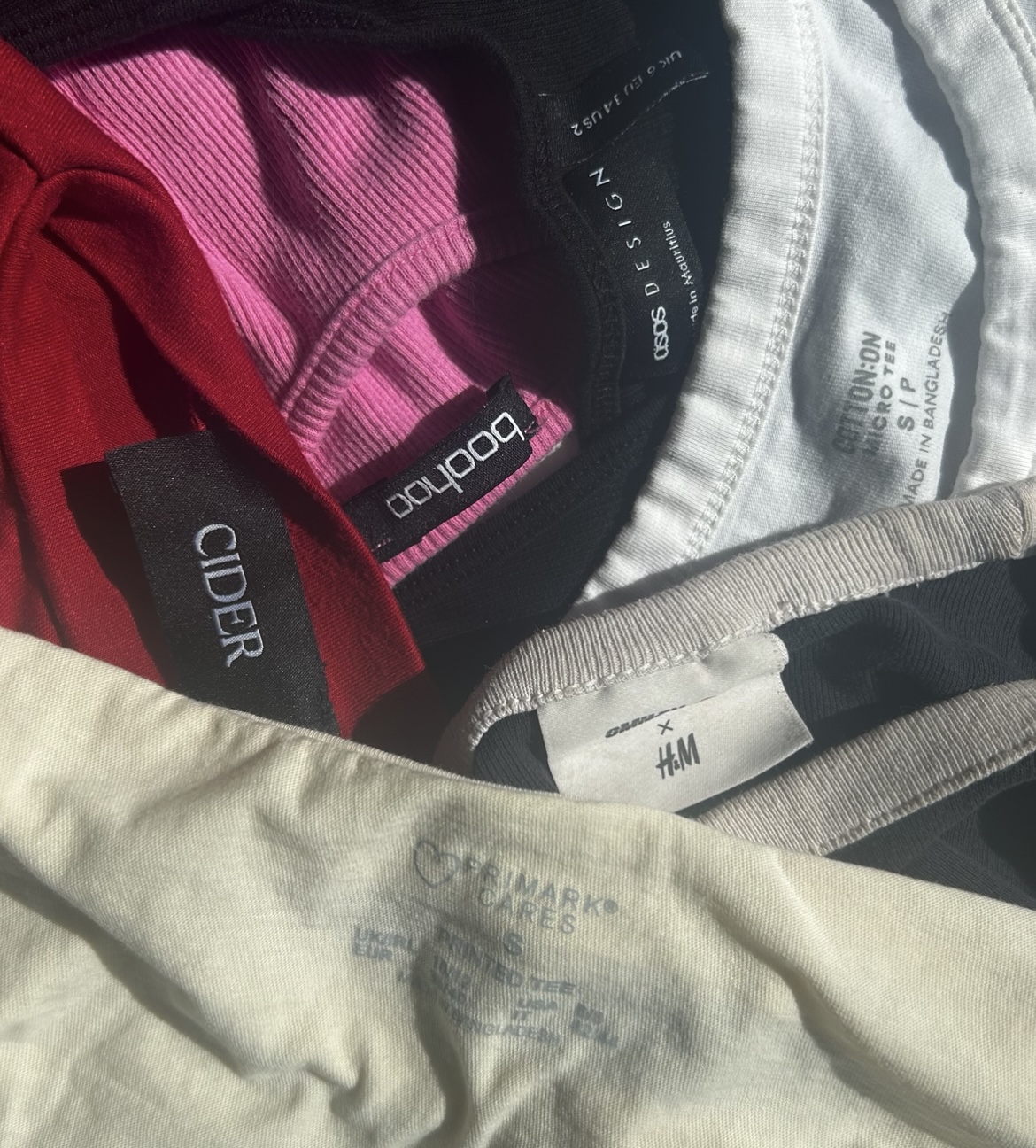How second-hand clothing is going to save the planet from fast fashion, one shopping spree at a time.
What is fast fashion?
The world is now churning out an estimated 80-100 billion new pieces of clothing each year, a 400% increase from just two decades ago. Fast fashion describes the process where clothing is rapidly produced, rigidly following any and all trends, to meet market demands. This mass production of low-quality clothing is then sold for incredibly low prices.
This results in wardrobes which are constantly being expanded and refreshed. Resulting in a culture where consumers now treat lower priced clothes as almost disposable, with fast fashion purchases having a shelf life of just seven to eight wears before being thrown away. Within years of their manufacture, 3 in 5 fast fashion purchases end up in landfills or incinerators.

Greenpeace, a global campaigning network of environmental activists, and self-proclaimed defenders of the natural world have spoken out against fast fashion. Member, Helle Abelvik-Lawson, says: “There has been an explosion in ultra-cheap, disposable fashion from companies like Boohoo and Shein and what we know is that the unnecessary overproduction of clothing is a leading cause of climate change and plastic pollution.”
“Plastic is made from oil and gas. Polyester is a thread made from plastic, woven into fabric. It’s thought over half of the clothes produced today use synthetic materials like polyester. These materials often won’t break down or can’t be recycled, which creates a massive plastic waste problem… Partly because of all this plastic use, and the energy needed to process it, the fashion industry produces roughly 10% of global CO2 emissions.”
Sustainable fashion and it’s growing popularity
Second-hand fashion refers to items which have been pre-owned which are rehomed and given a new lease of life away from landfills and incinerators. This clothing can be bought from charity shops, vintage stores and online marketplaces.
The pre-loved resale market proves style can be sustainable. This has created a decrease in sales for fast fashion giants such as Boohoo and Shein.
A study conducted by Global Data reported that there has been an 18% surge in sales for pre-owned clothes, creating a £156 billion pound industry, and this is forecast to reach a further £280 billion by 2028. This marks a landmark victory for sustainability.
Sustainable style has gained mainstream popularity over the past few years. In 2022, Love Island partnered with eBay to promote pre-loved clothing as fashionable. Olivia Rodrigo, record breaking American singer-songwriter, sells her clothes and music video accessories on Depop. And Primark launched its partnership with vintage retailer ‘Worn Well’ in 2023, bringing sustainability to their corner of the high street.

On Newcastle’s own high street, The Vintage Scene has been selling ‘trend-led’ vintage clothing since covid restrictions lifted in 2021. The retro clothing store is located on Ridley Place, just around the corner from the bustling hub of Newcastle’s Northumberland Street. With an ethos for sustainability, they boast a range of ethically sourced, second-hand vintage pieces.
Jenny, retail worker at The Vintage Scene said: “People shop here for both fashion and sustainability, we get a lot of statement fashion pieces in and oversized looks which the fashion girlies love but also lot of our customers, especially the students, really value the sustainability of the store.”
“We have a lot of students shopping here, then on the weekends slightly younger, like college age, we definitely see a lot more of Generation Z shop here, I think it’s because younger people are more aware about the environment and the importance of sustainability.”

The State of Consumer Spending report, conducted by First Insight, found that 62% of Gen Z shoppers prefer to buy from sustainable brands. The study concluded that Generation Z are emerging as the sustainable generation who demand greener retail practices.
How can everyone try to be more sustainable?
Sustainability seems to be the fashion of the future and this revolutionary change in shopping habits is an important process to learn.
Ethical fashion designer, Abigail Irving-Munro, who creates sustainable fashion pieces offers her advice on how people can shop more sustainably:
“I would say that the amount that we purchase is really important. And look at the quality and versatility, is it going to last a long time? Are you going to wear it for the foreseeable future? Those are key factors consumers can do when they purchase something. And then essentially just rewearing what we have and appreciating what we already own is so important.”
Rewear, reuse and recycle seems to be the message from fashion and environmental experts alike. It looks like fashion really can be sustainable if you want it to be.

